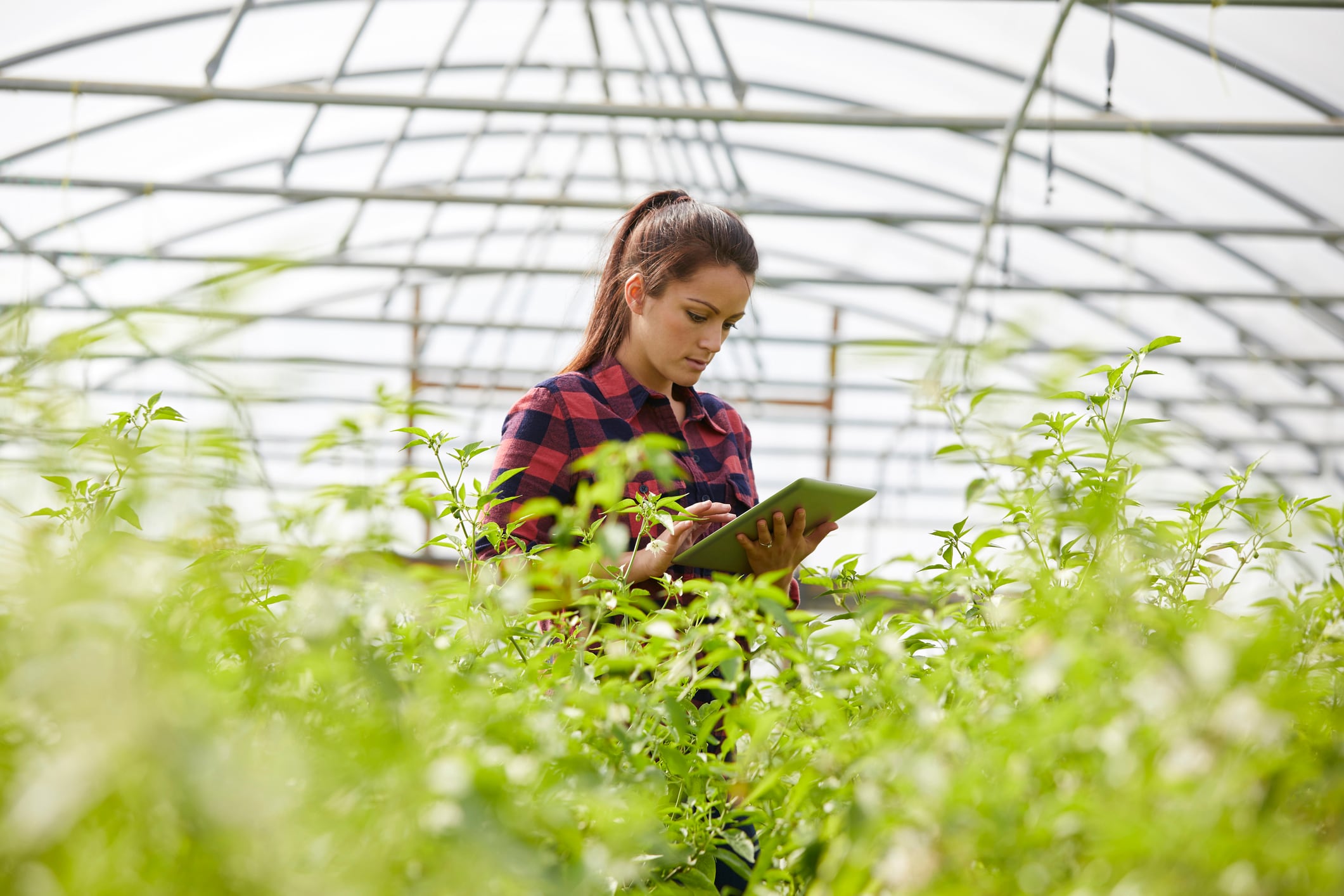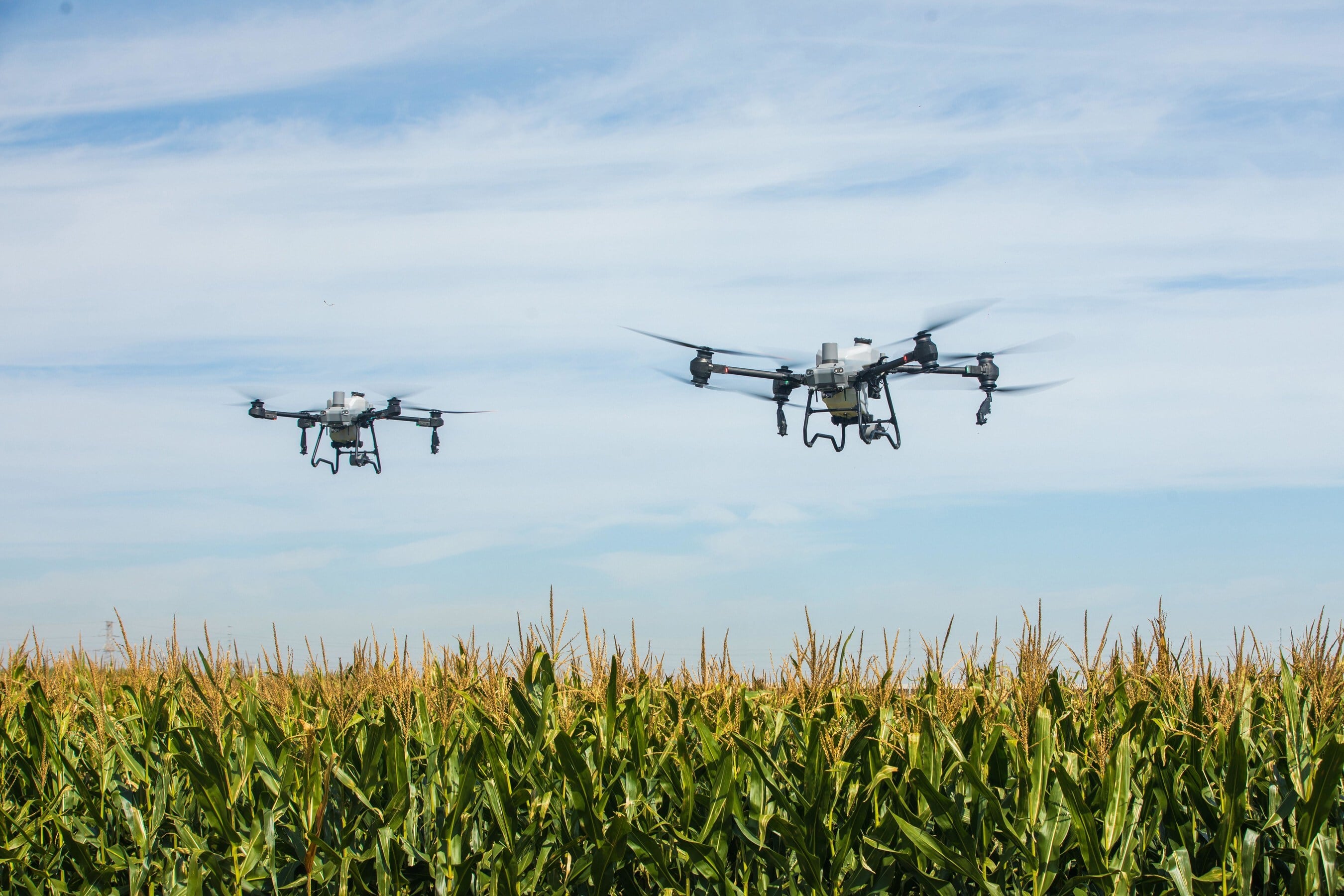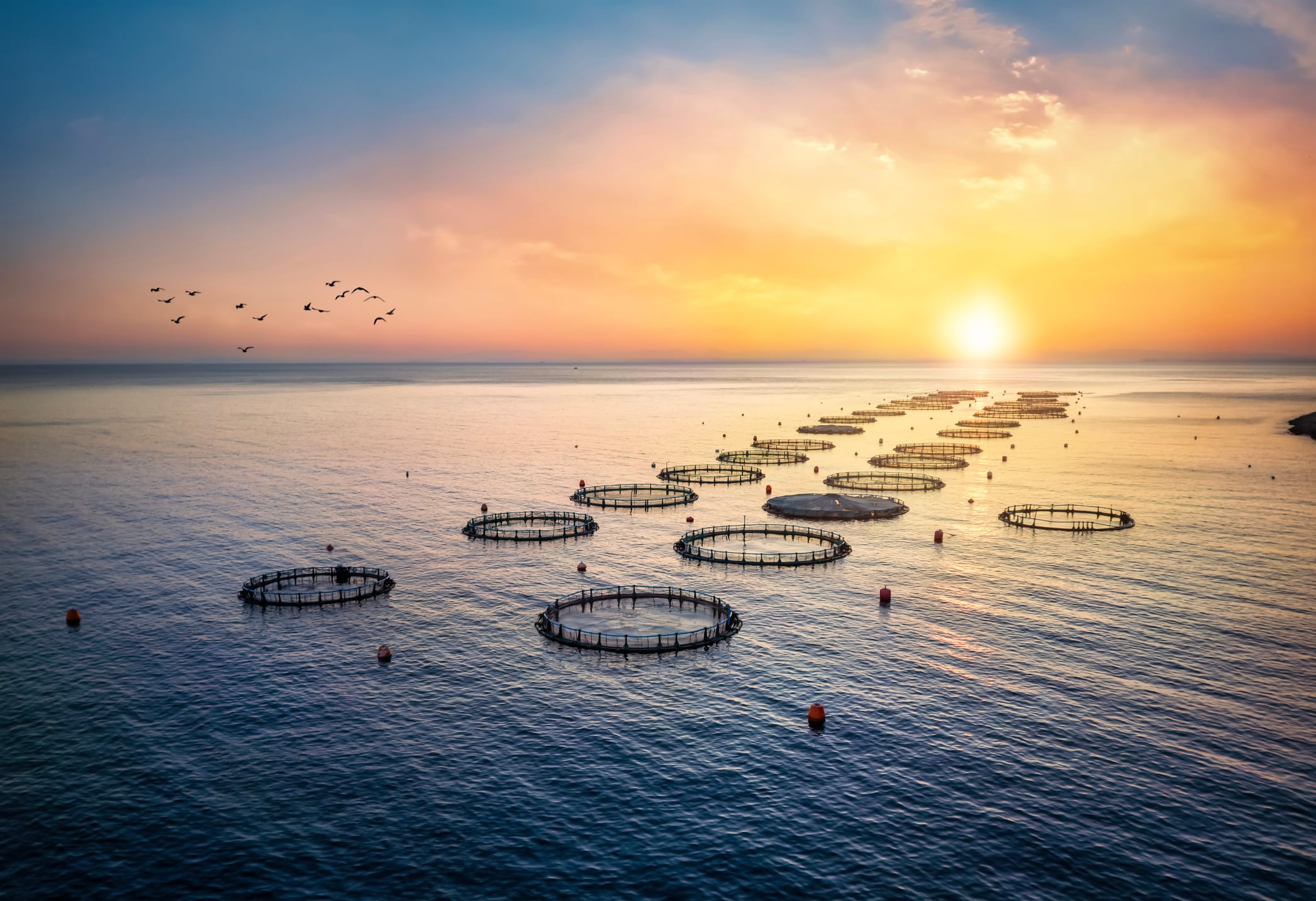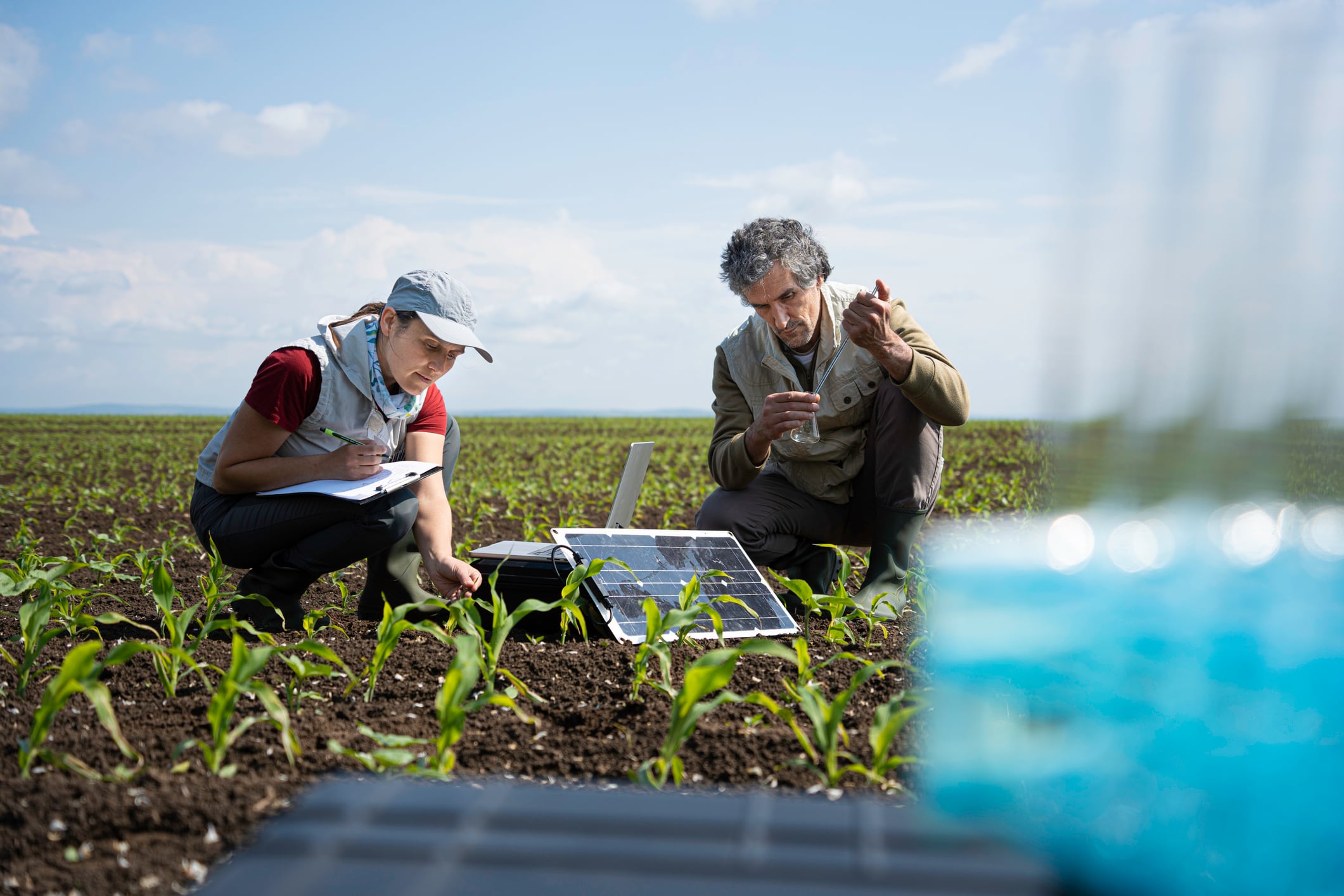Dr Sandra Milach was speaking at the 2025 Future Food Asia conference in Singapore on May 21 where she joined a panel discussing the role of artificial intelligence (AI) in agriculture.
She highlighted that while large farms can quickly and easily obtain rich datasets, smallholders cannot hope to do the same with their small plots.
“I’ve been to one of the largest farms in Brazil – 10,000 hectares. Can you imagine the amount of data this farm generates in one year itself? It doesn’t need anybody else’s data… In CGIAR, we were with farmers that have less than half a hectare, maybe one, maybe two hectares. This farm would need many years to generate the same level of data. They are never going to get there.”
Milach stressed the huge opportunity in collecting and combining data from farmers, which could reveal seasonal or region trends, help develop more effective agtech tools and empower farmers.
“This honestly becomes so powerful… We want technology to be able to reach farms of all sizes.”
Handling data
Dr Justin Gong, co-founder and senior vice president of XAG, echoed Milach’s views and offered insights into how the Chinese agriculture drone company handles the data it collects.
XAG sees over two million flights – take offs and landings – each day in China alone. This generates massive amounts of data, roughly 200 terabytes a day.
“No one wants to own this data because it’s a lot of money to pay – it’s very expensive to keep the data and process the data – so we have to split the data,” said Gong.
He explained that sensitive information like geo data on weather, landscape, and land size, is owned by the government and goes directly to them for storage.
The next generation
Then there is the data that can be accessed and utilised by multiple parties.
“There is another layer of data… we used this data to train AI and improve AI models. No one owns this data; it’s floating in the system. This data is shared with insurance companies, crop science companies, and we use it ourselves as well,” said Gong.
XAG has used this technology to develop a system that transforms a traditional tractor into a fully automated tractor for less than US$1,000.
The firm has also developed an automated irrigation system to replace tedious manual work in desert areas.
“I’ve been to several farms where they have several young kids that are 16 or 18 years old. They run around the farms on their motorbikes just opening and closing the valves in 45-degree heat. This is a big problem because no one wants to do that job – it’s tedious, boring, and dangerous,” said Gong.
Milach said the advancement of technology was crucial for the next generation.
“One of the issues we have identified is the next generation of farmers. How do we keep them in the farms? That’s becoming harder and harder with the current generation of ageing farmers. [The younger generation] are leaving the farms.
“I do believe that we have the opportunity to create the next generation of farming, with the drones, the new equipment, the new insights. We need to design farming in a way that does not alienate gender, does not alienate certain parts of the world. I think we have a tremendous opportunity to design [the next generation of farming].”





